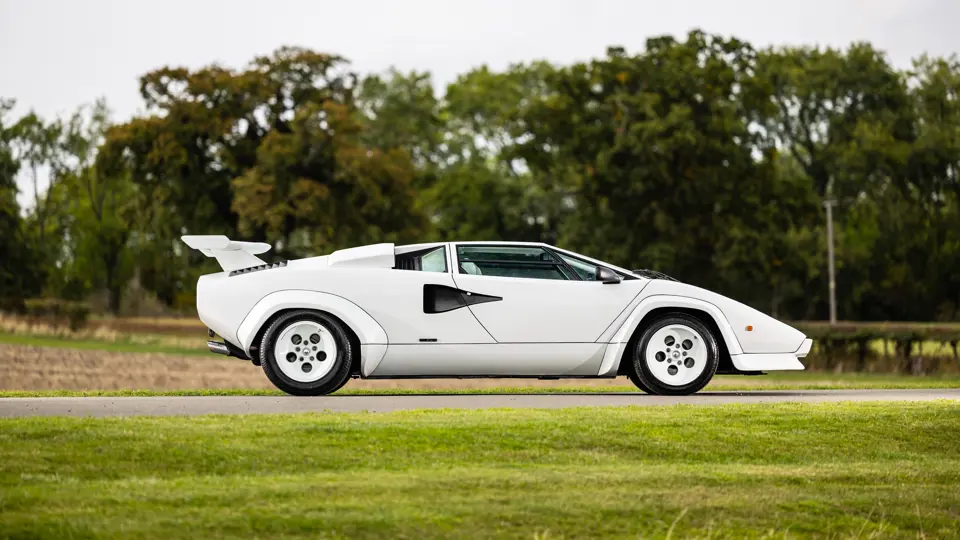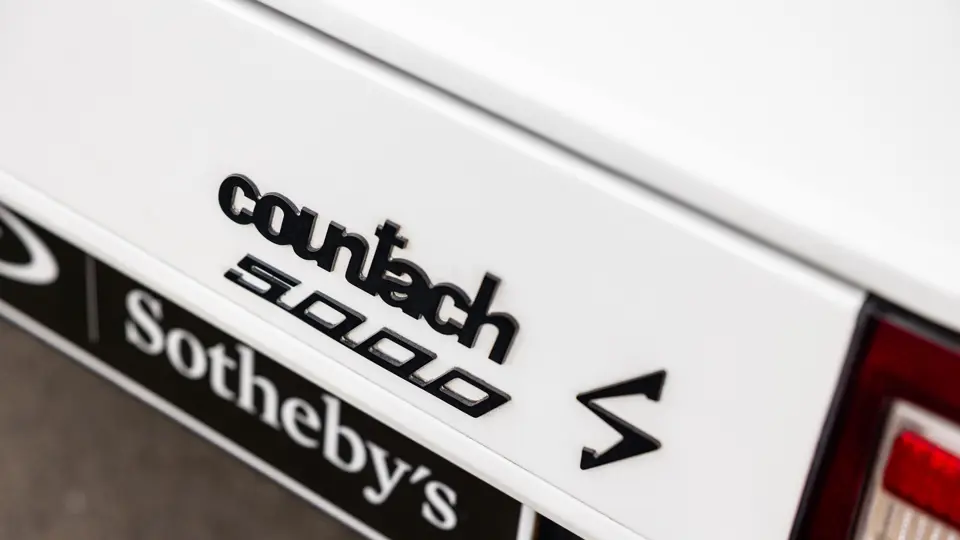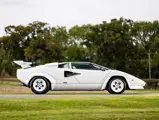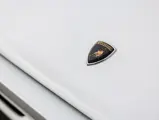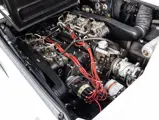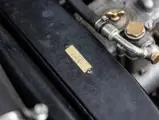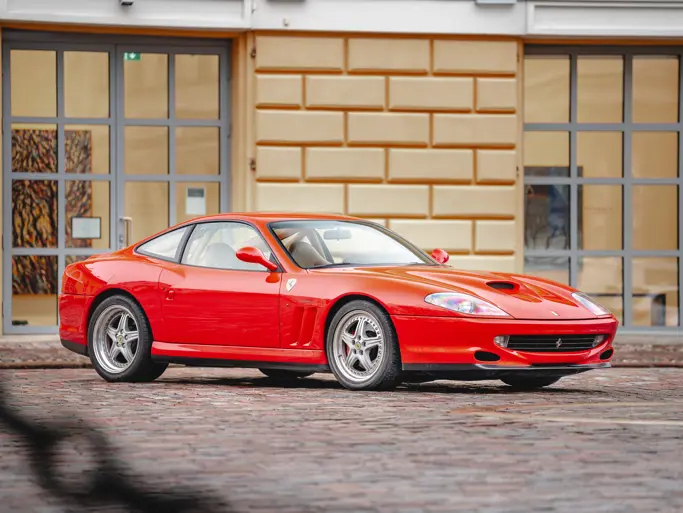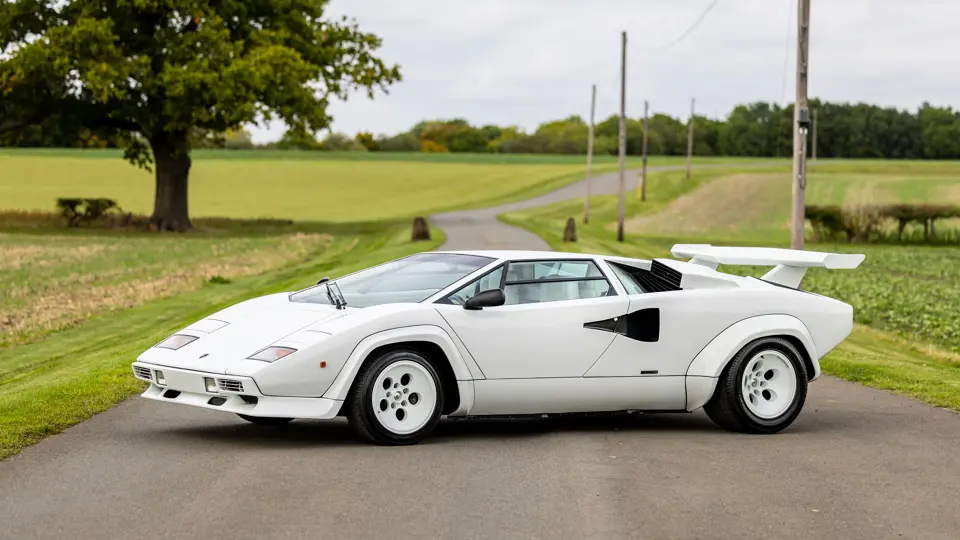
1984 Lamborghini Countach LP5000 S by Bertone
{{lr.item.text}}
£477,500 GBP | Sold
Offered from The Gran Turismo Collection
{{bidding.lot.reserveStatusFormatted}}
- Part of The Gran Turismo Collection since 2015, with just one previous owner
- One of 321 examples of the Countach LP5000 S built between 1982 and 1985
- Covered 52,432 kilometres at the time of cataloguing
- Powered by a matching-numbers 4.8-litre V-12 engine, breathing through six Weber carburettors
- Delivered in Bianco over Bianco, “Wolf of Wall Street” specification
With its futuristic styling and universally recognisable wedge shape, the Lamborghini Countach’s outrageous lines belie its standing as a concept that dates back to the early 1970s. The design process for the Countach began halfway through Miura production, with Ferruccio Lamborghini believing that to keep ahead of the competition—in particular those based in neighbouring Modena—his company would need to always focus on innovation and development. Ferrari’s newly launched 365 GTB/4 “Daytona” had generated quite the sensation, and the Sant’Agata marque needed a modern take on its flagship platform. And so, the Countach was born.
Inspired by the mid-mounted V-12 platform of the Miura—a major factor in its success—the primary goal for Lamborghini’s engineers was to ensure that the Countach maximised power by creating the sleekest-possible body. Starting life under the code name “LP112”, the project was spearheaded by Paolo Stanzani, who worked alongside Massimo Parenti and test driver Bob Wallace. Marcello Gandini of Bertone penned the iconic bodywork that clad the LP112 chassis. A prototype was shown at the 1971 Geneva International Motor Show, before engineers took an extended return to the drawing board. The first customer cars were not produced for a further three years, with deliveries finally commencing in 1974.
The earliest examples of the Countach, badged as LP 400s, featured a mid-arranged longitudinally mounted 3.9-litre V-12 engine rated at 375 horsepower. In 1978, the LP400 S delivered reduced power from the same engine, though clothed in more aggressive bodywork with flared arches housing the widest rear tyres ever fitted to a road car.
In 1982, Lamborghini introduced the LP5000 S in response to Ferrari’s new 512 BB, bringing with it a huge developmental leap in the form of a new 4.8-litre V-12 fed by six Weber carburettors. Though only 321 cars were manufactured—including the example offered here— the LP5000 S cumulatively outsold the two previous generations of the Countach in the second year of its three-year production run.
Leaving the Sant’Agata factory in early 1984, this Lamborghini Countach LP5000 S was finished in the dazzling colour combination of Bianco over a Bianco leather trimmed cabin, the same as the 25th Anniversary Countach used in famous scene from Wolf of Wall Street. Destined for the German market, chassis 12675 was registered in Hannover by Horst Quietmyer on 10 February 1984. Little is known about the time this Countach spent with Mr. Quietmyer, other than that he racked up an impressive 50,000 kilometres in just four years. After his passing in 1988, chassis 12675 was titled in his daughter's name. The Countach was placed into storage and remained there for 27 years, before appearing at auction in December 2015, where it was acquired by the current owner.
Three years after becoming part of the Gran Turismo Collection, chassis 12675 was treated to extensive recommissioning at the hands of leading specialist Joe Macari. Over the course of eight months, from 18 May 2018, the dozens of faulty components were repaired or replaced, and a full service was carried out. The full invoice is on file and available to view. Following recommissioning in December 2018, the car was placed in storage where it has remained since. At the time of the service, the odometer reading was noted as 51,800 kilometres.
With just two owners, a matching-numbers engine, and with its stunning colour combination, this 1984 Lamborghini Countach LP5000 S is a wonderful example of what is arguably one of the most iconic automotive designs of the 20th Century.




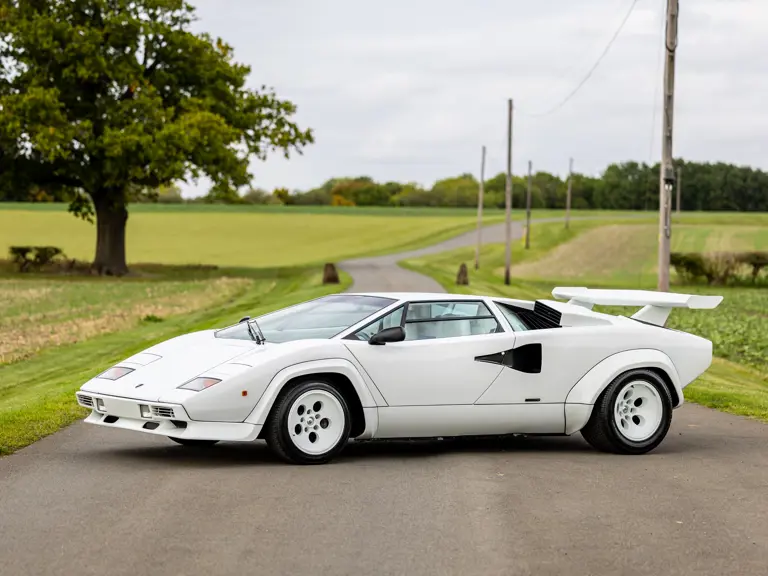

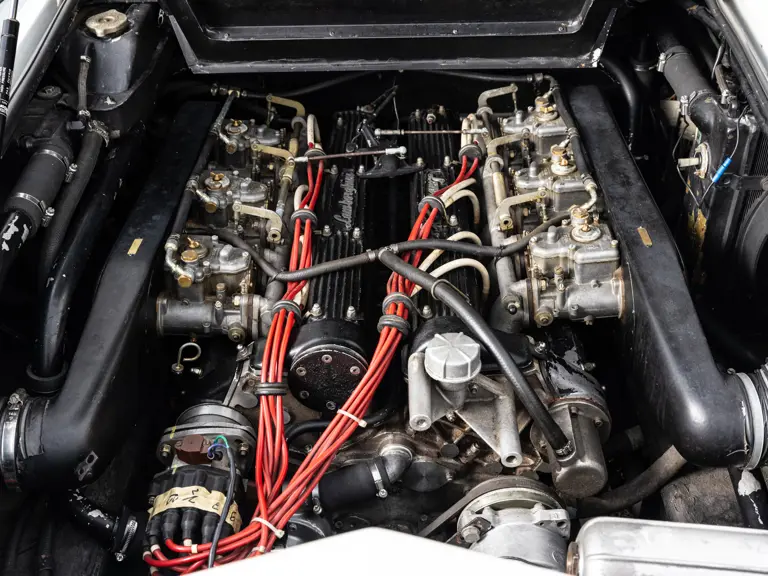
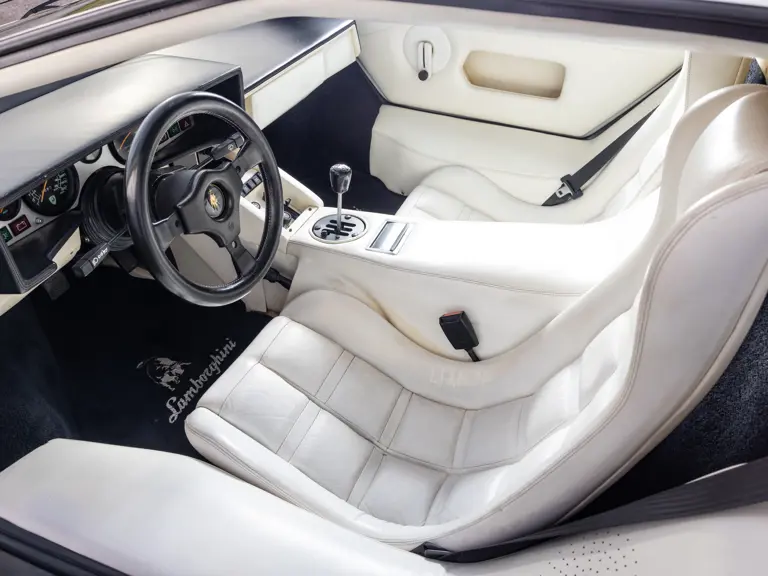
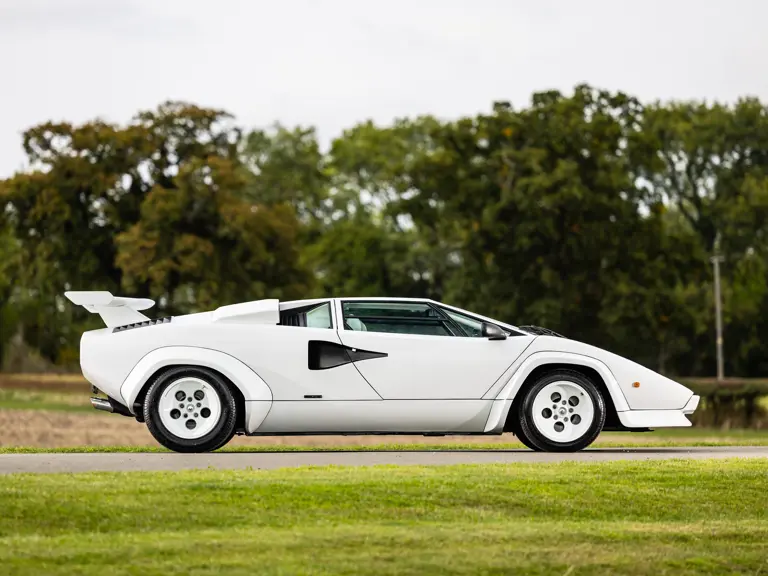
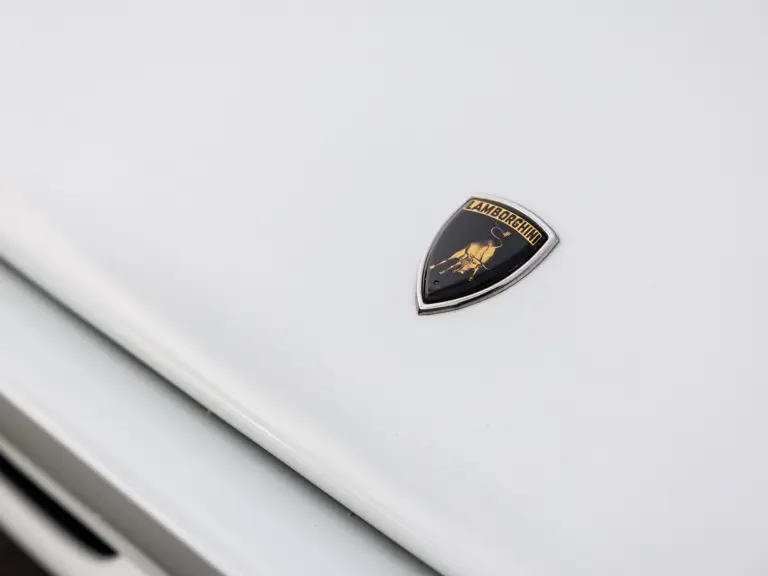
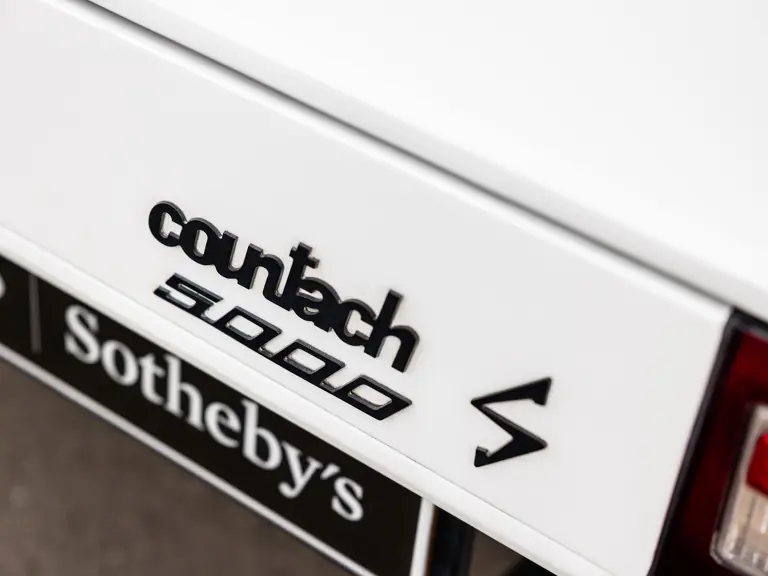
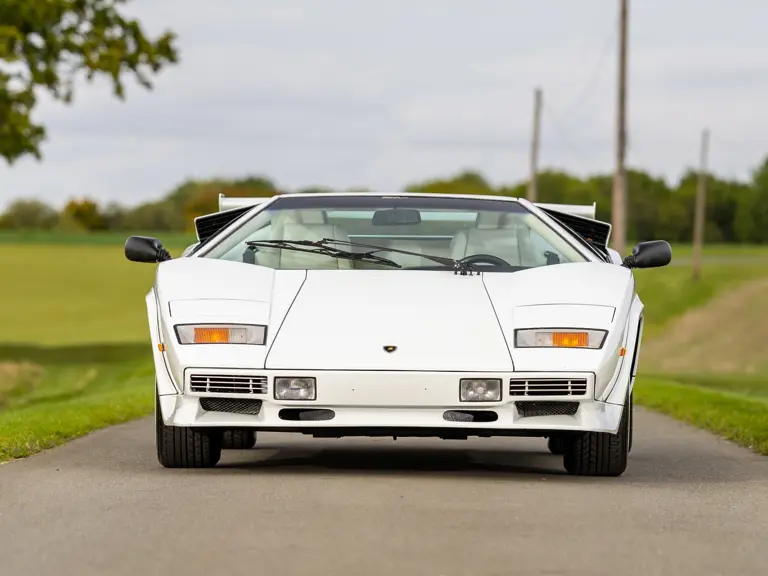

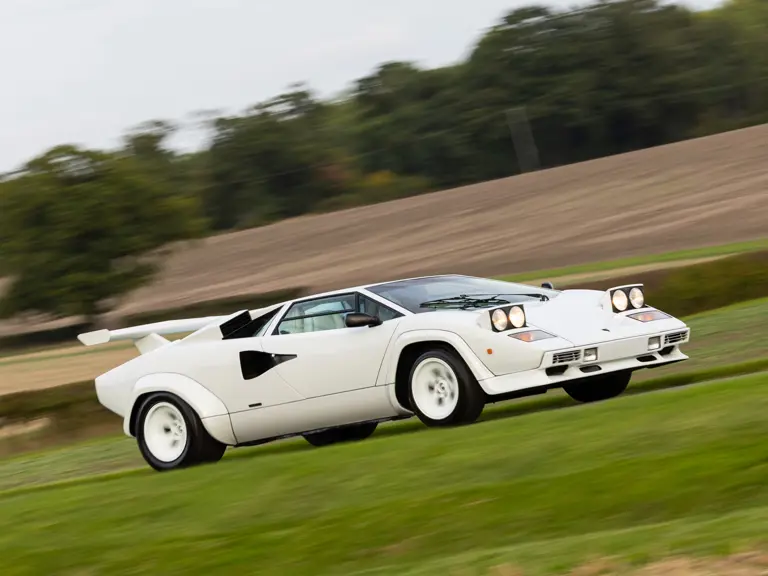
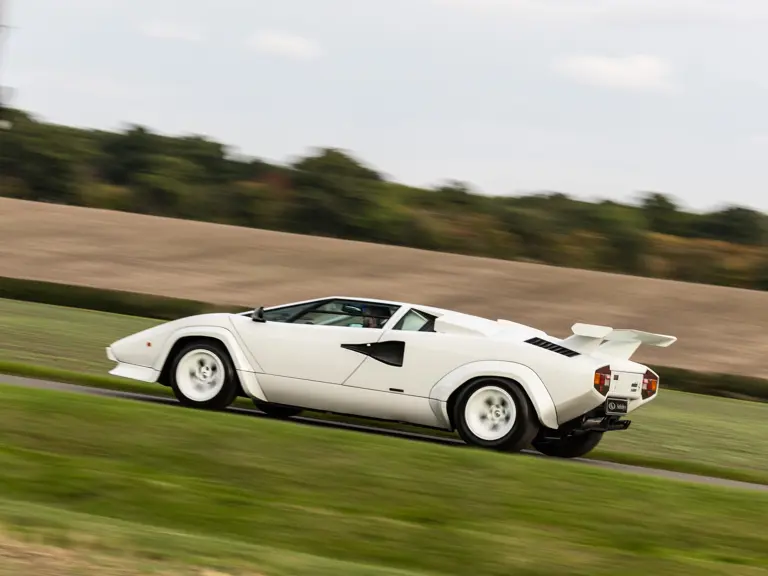


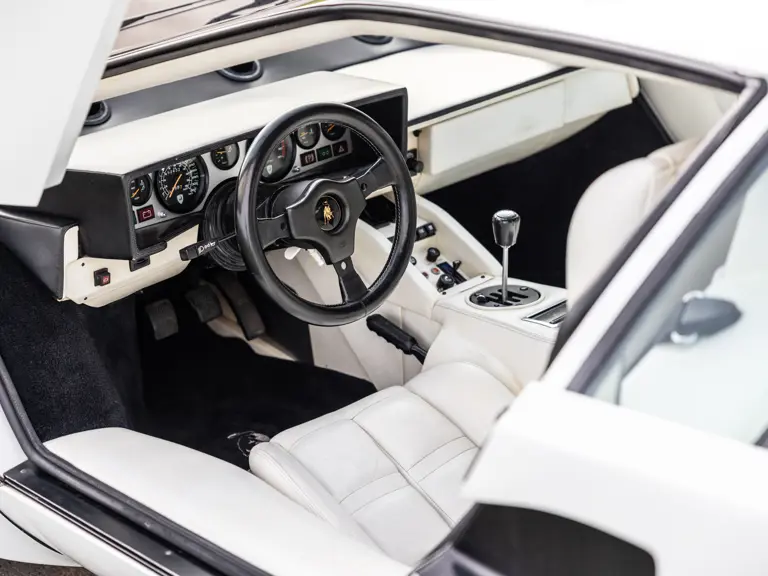
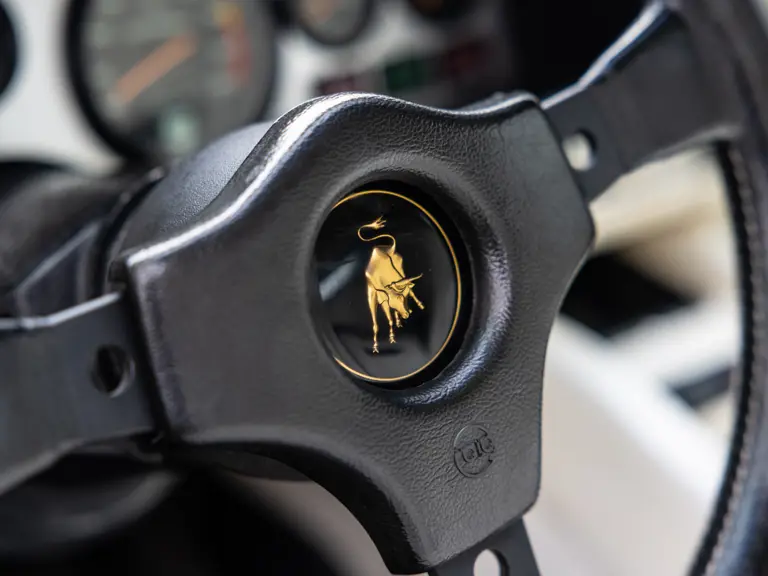

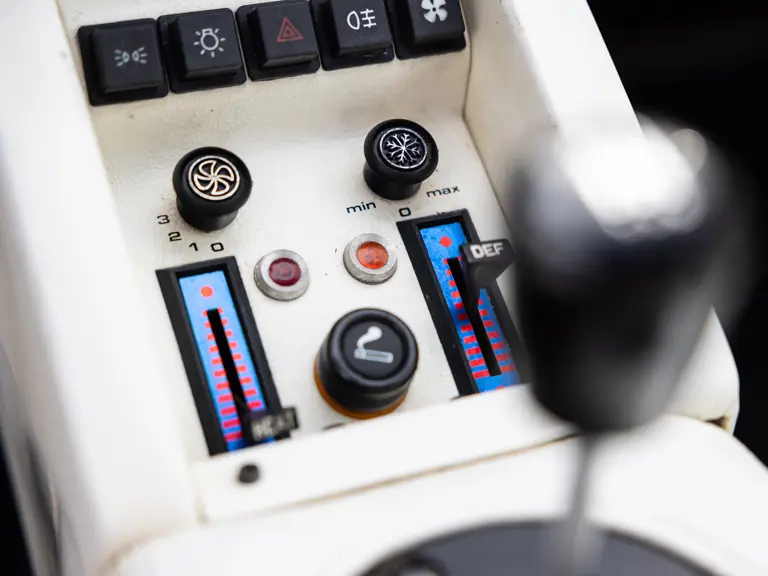
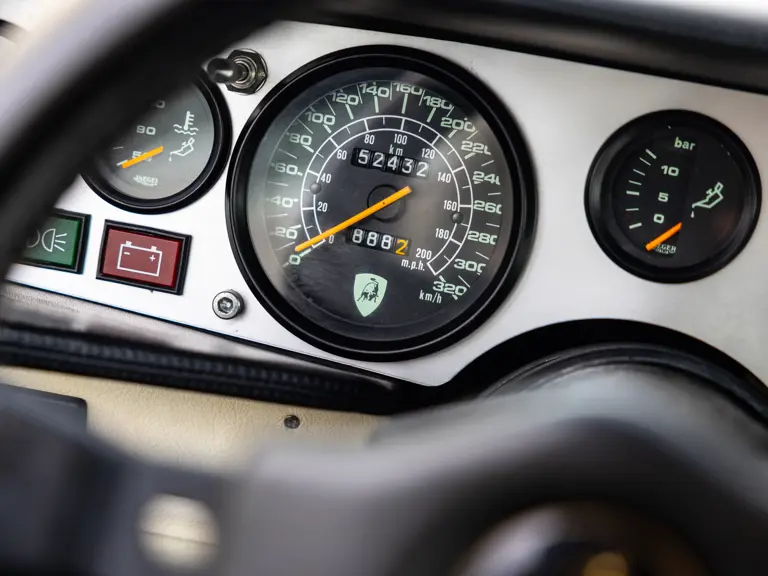
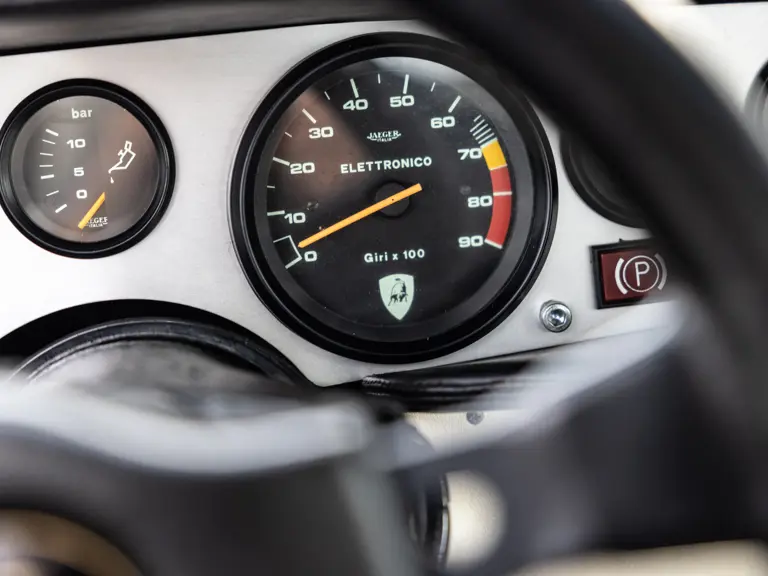
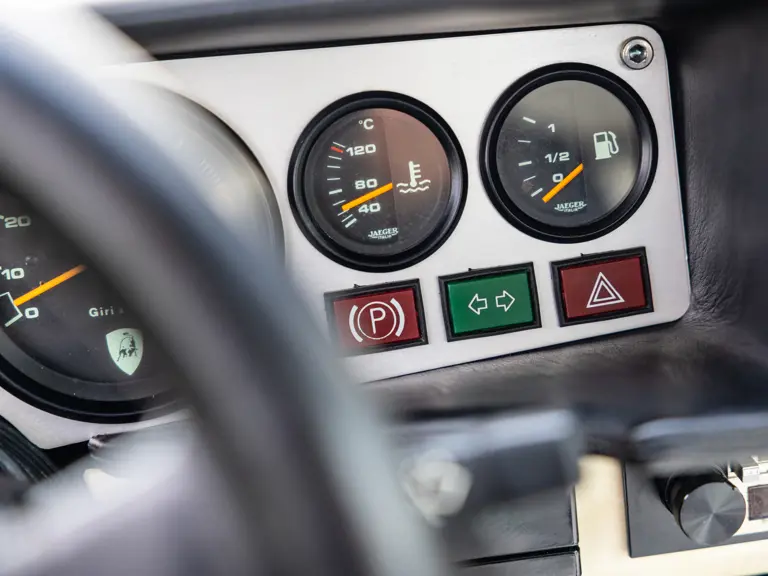
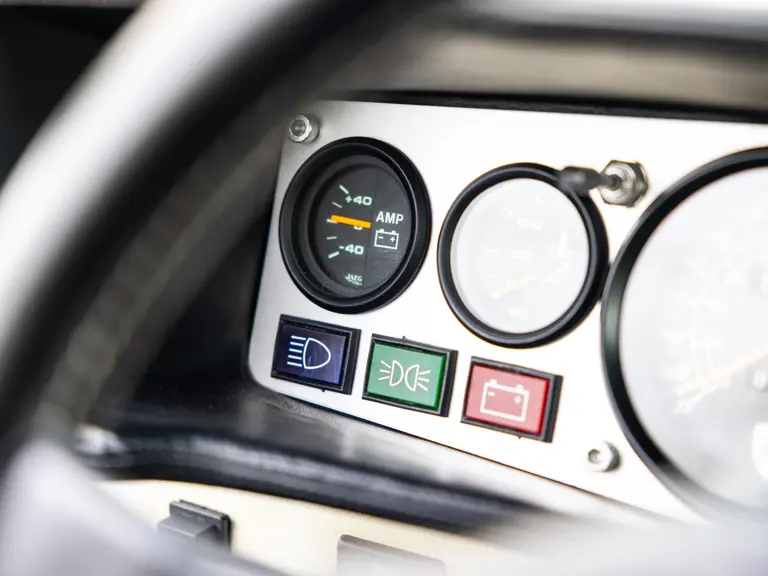
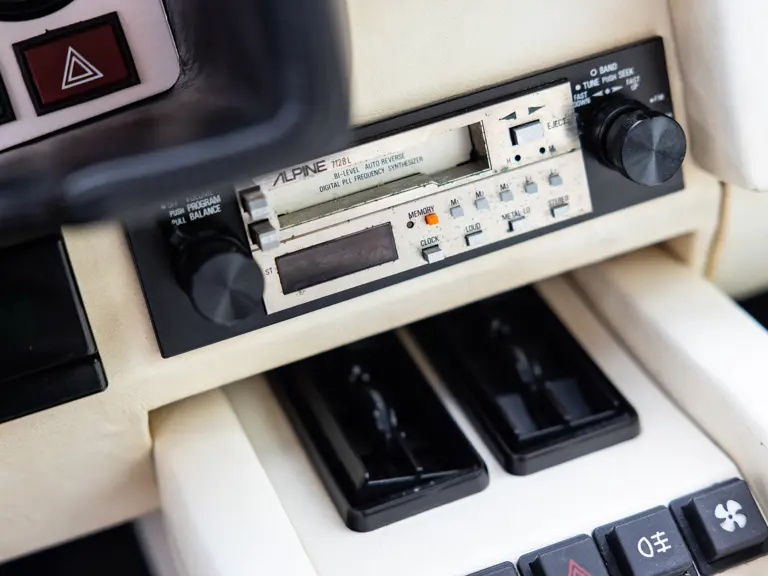
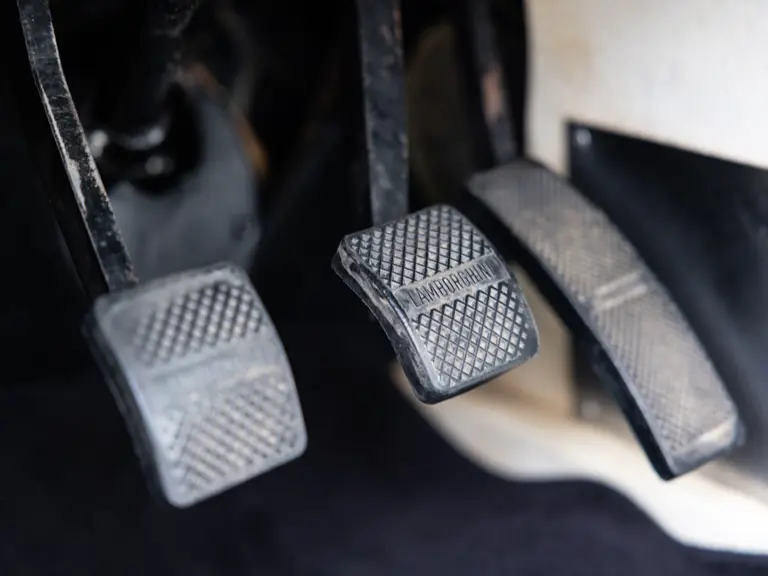

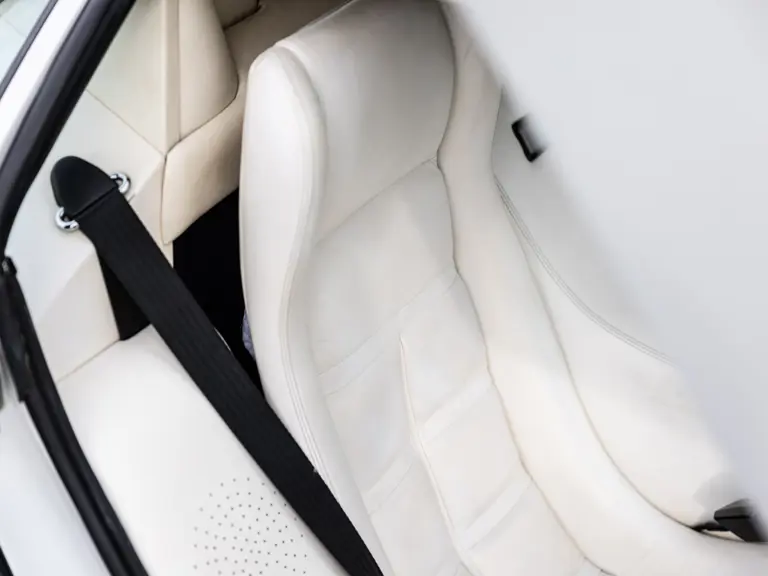
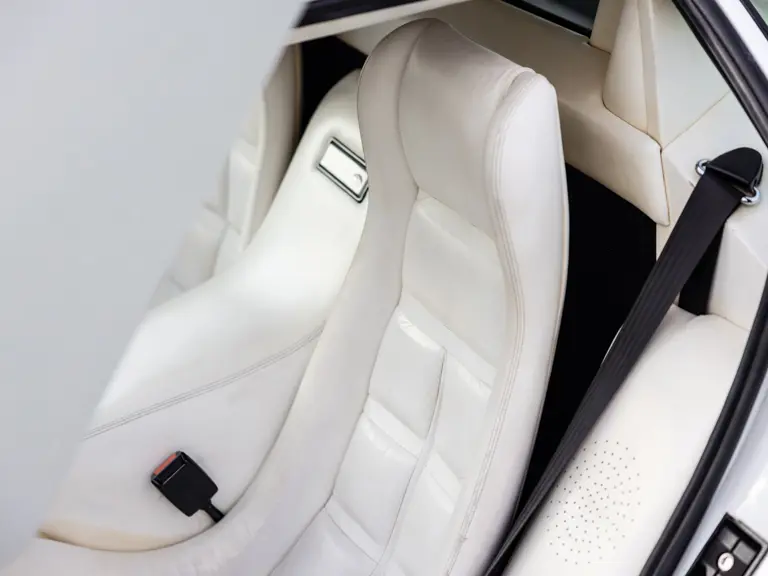
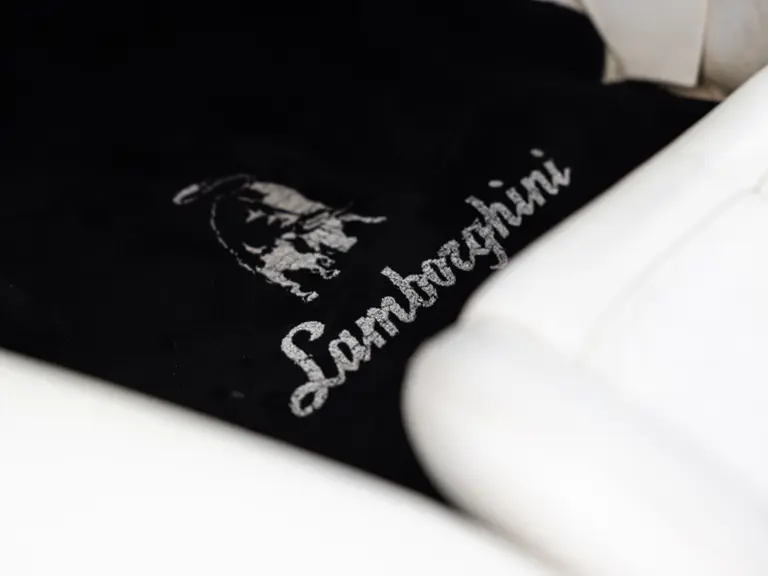




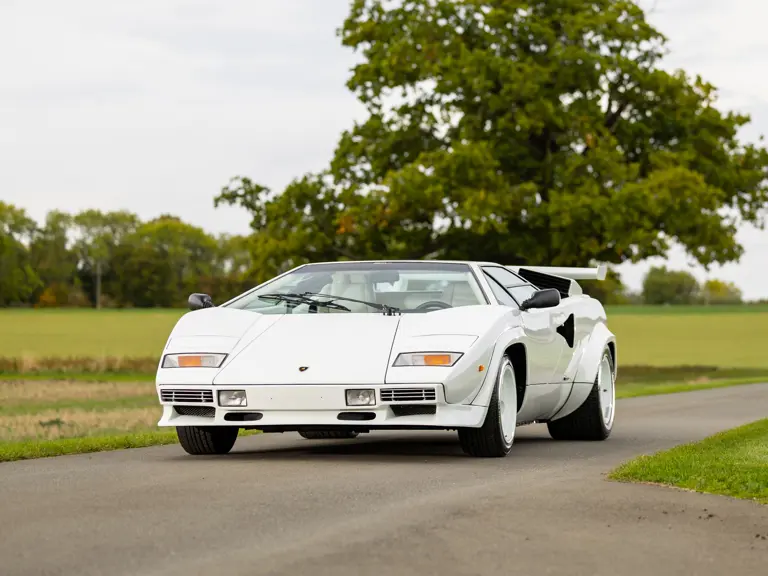
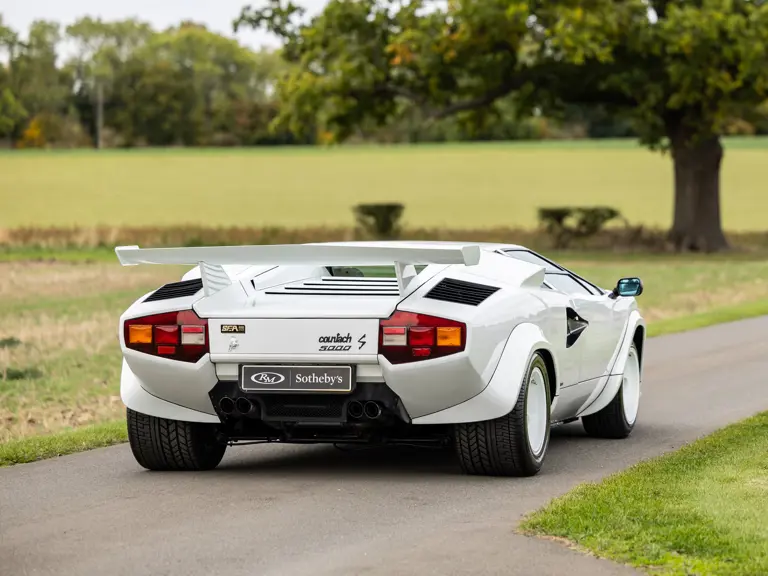




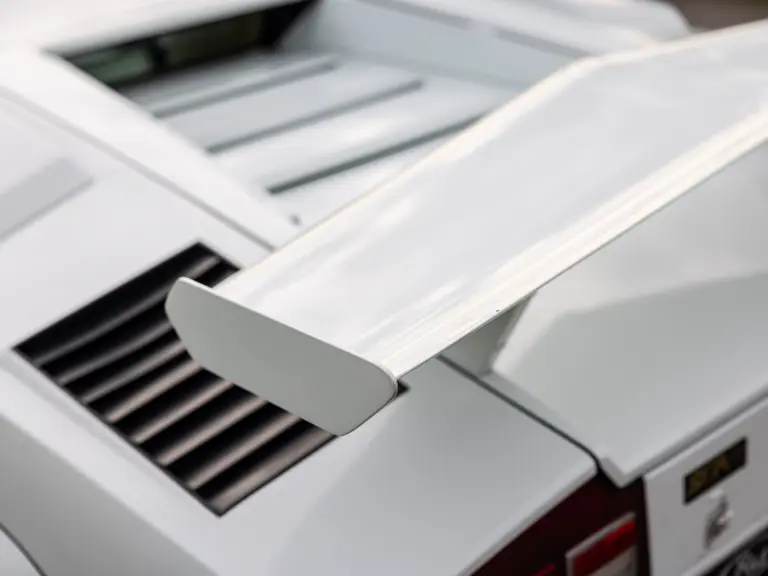
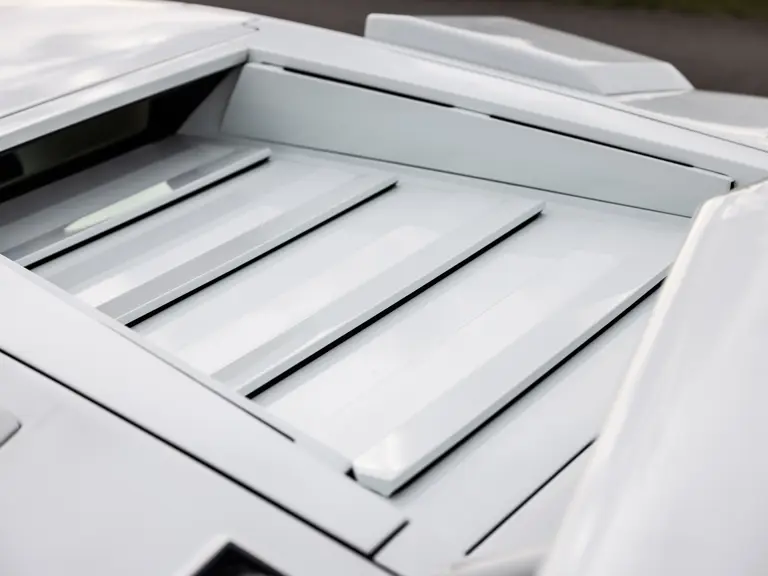

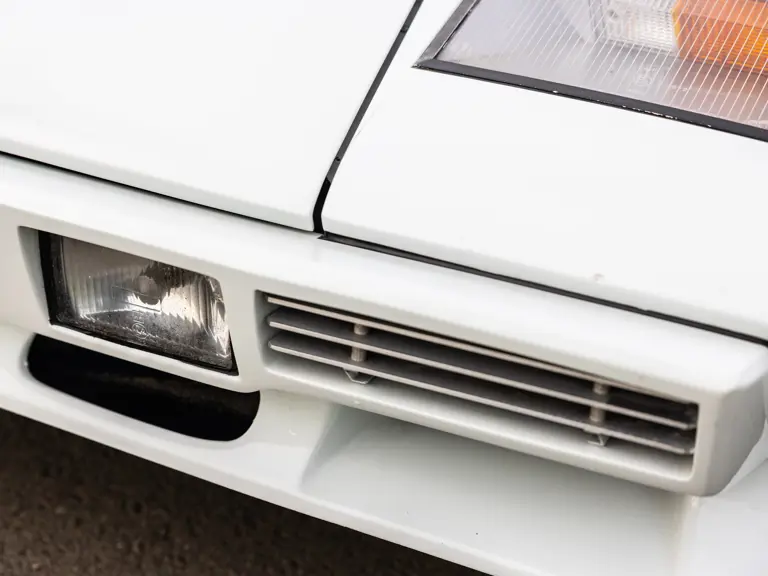
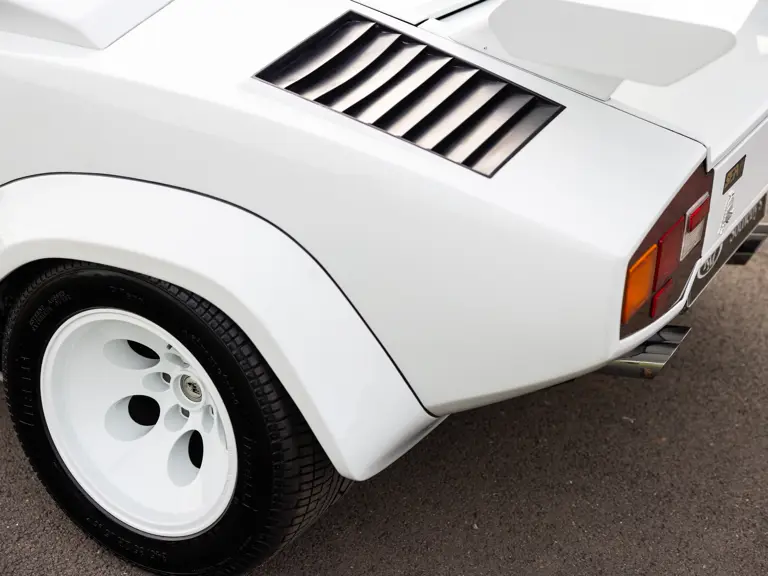
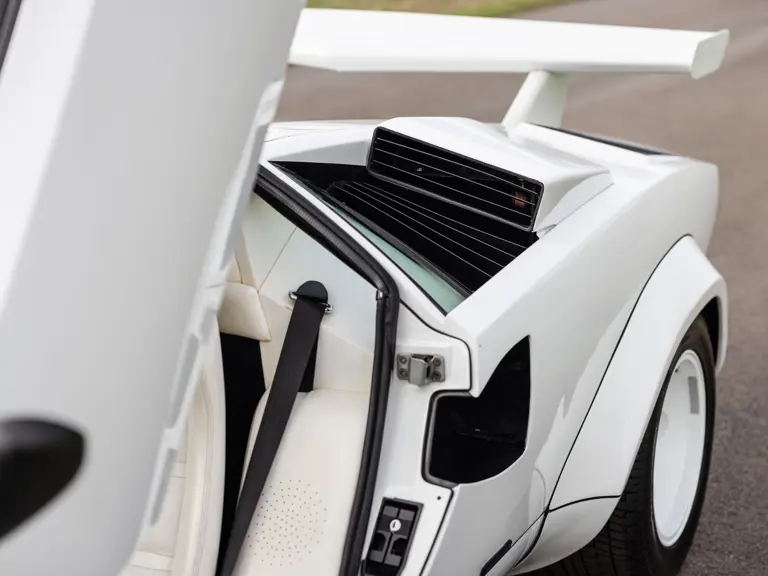
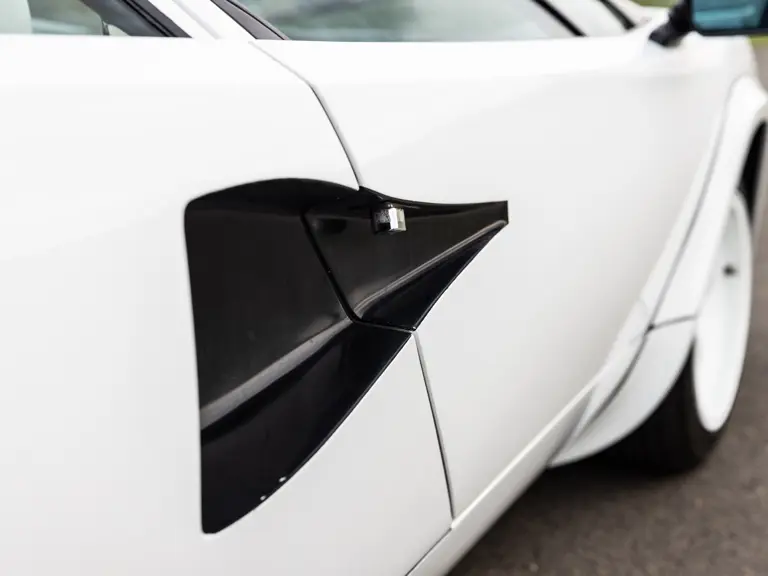
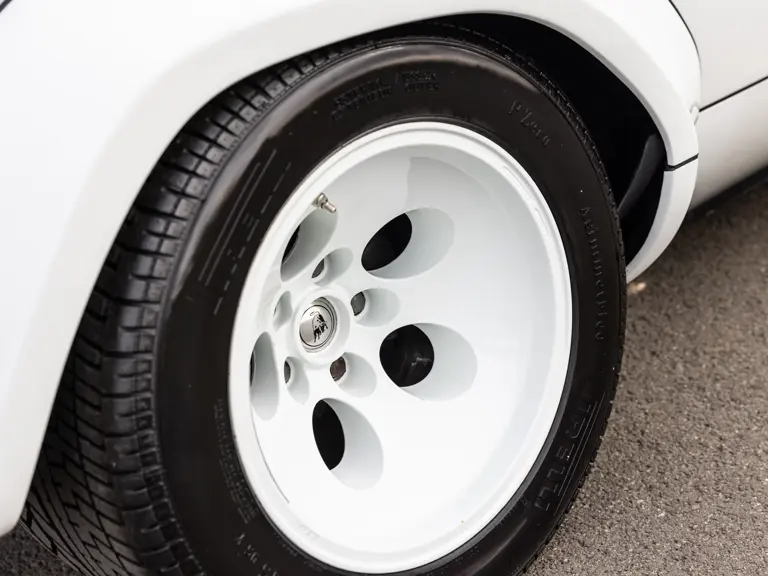
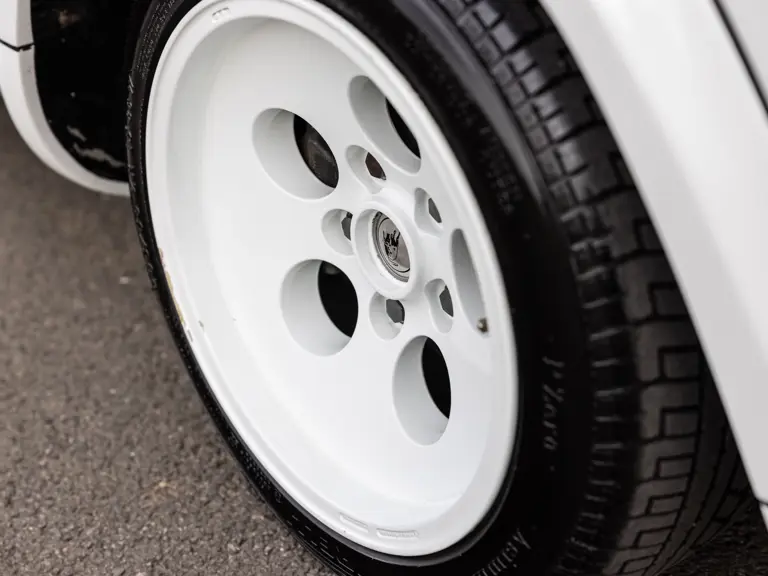
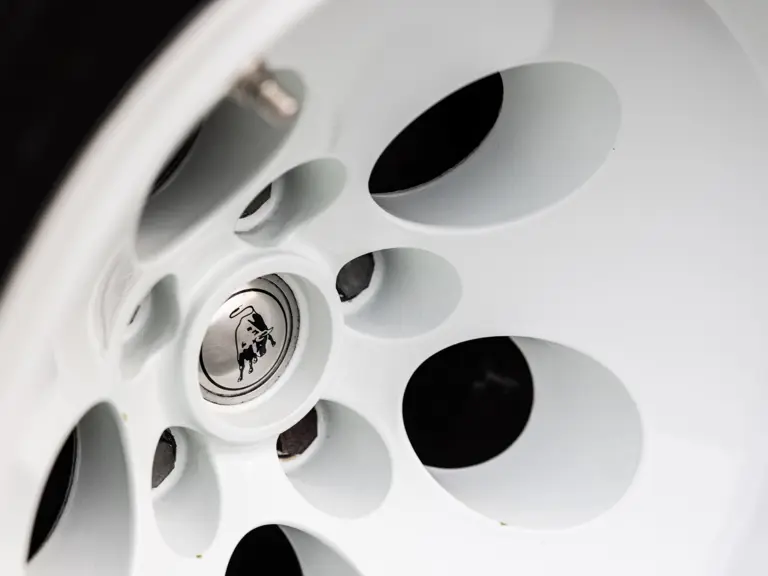
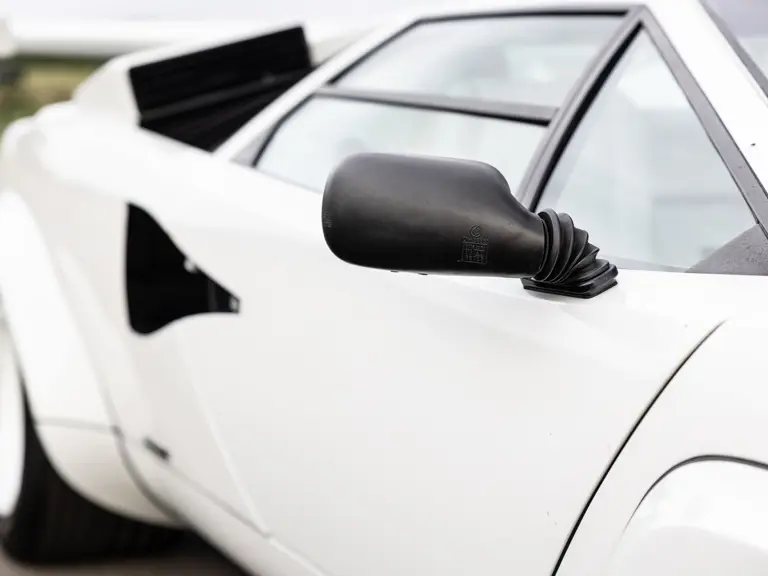


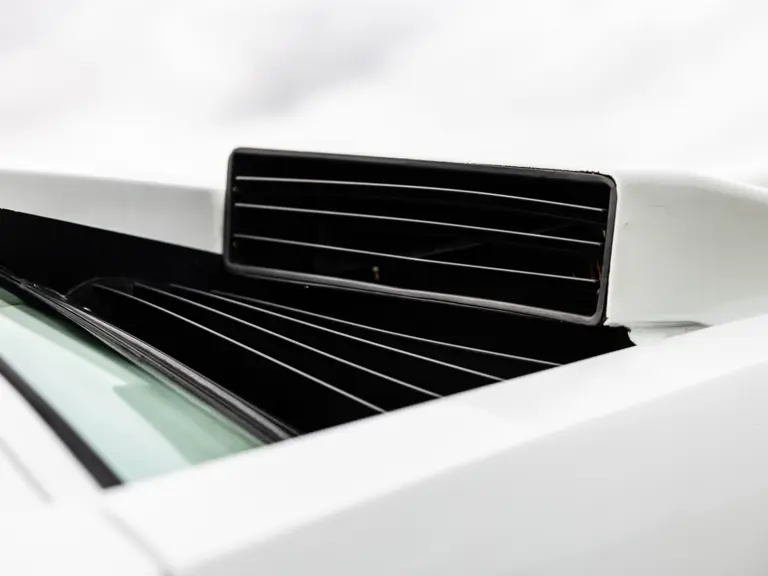

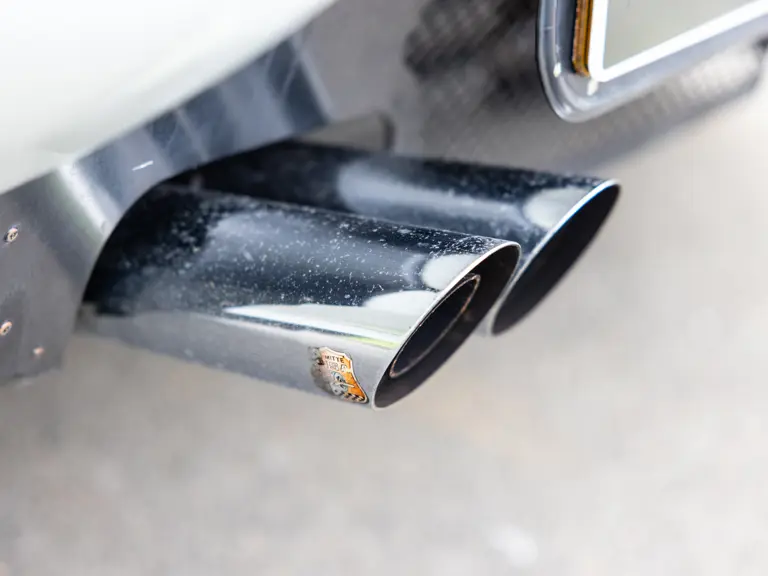

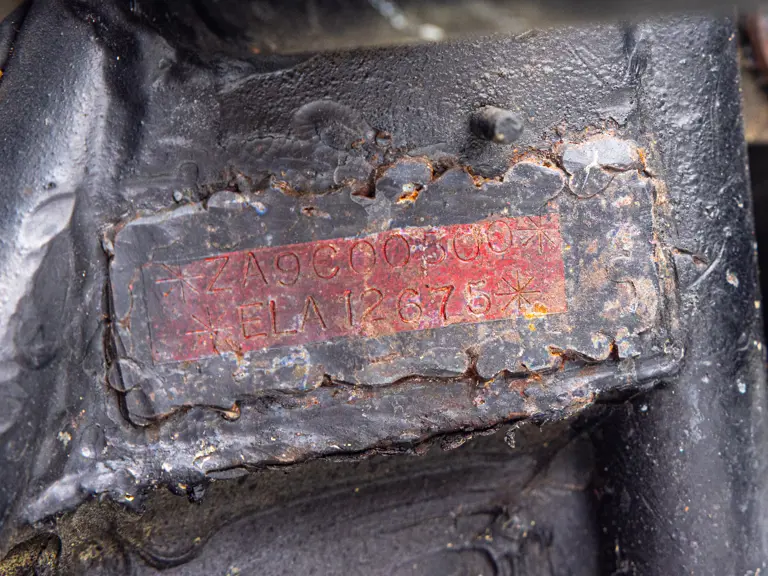
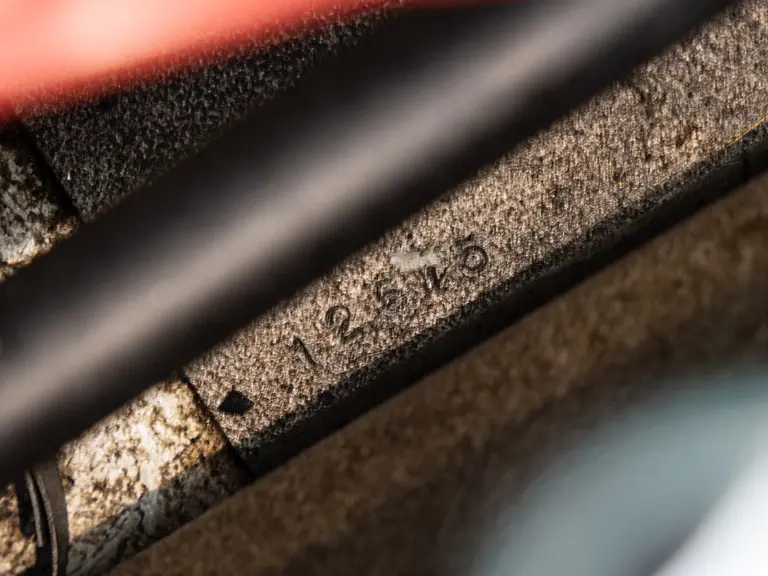
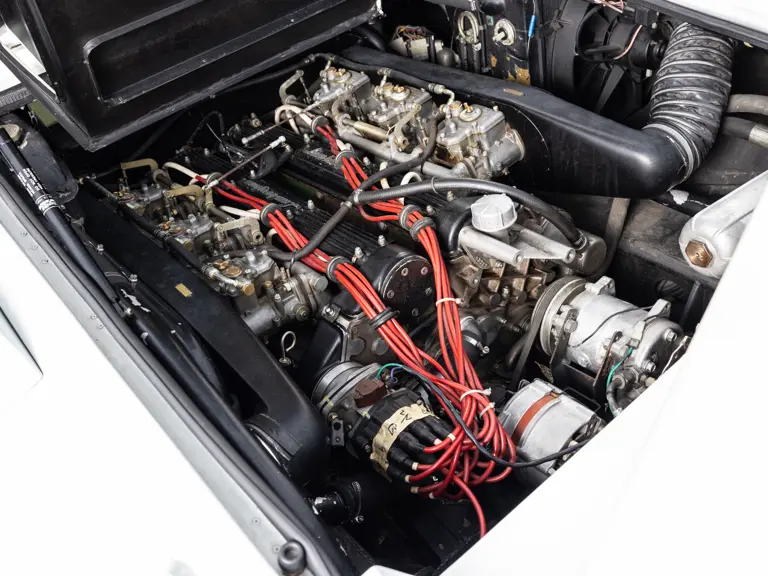
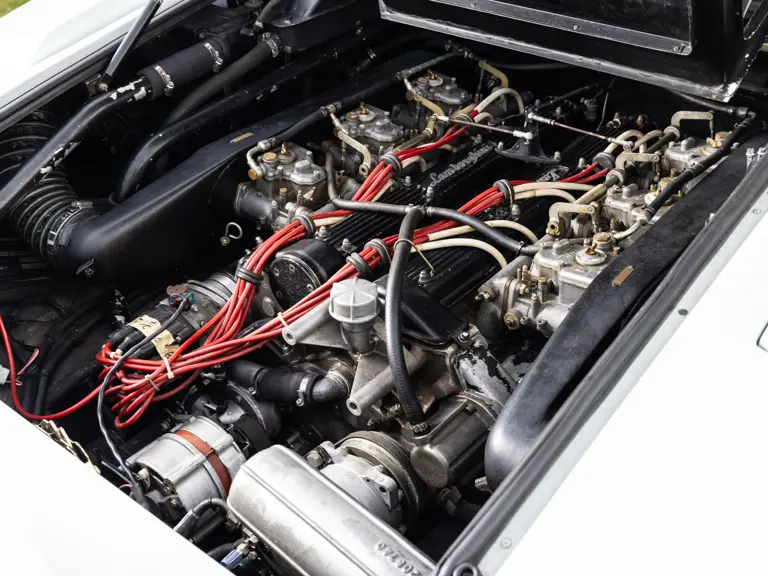
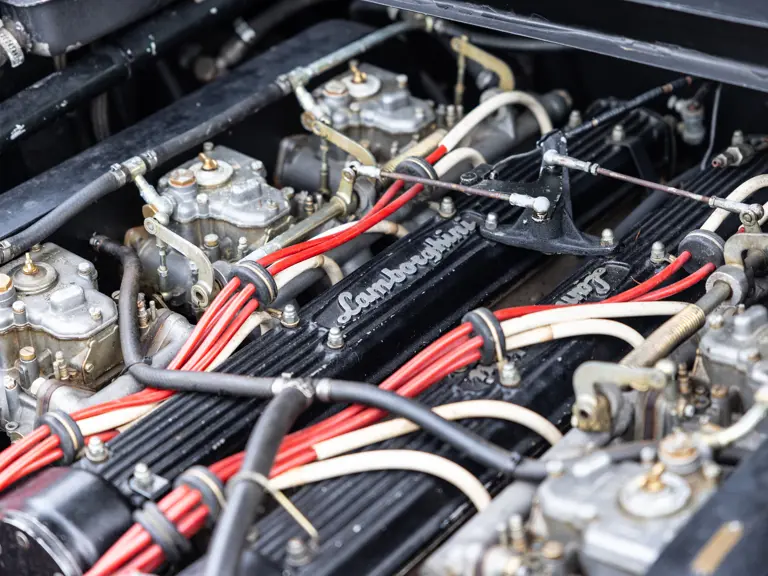

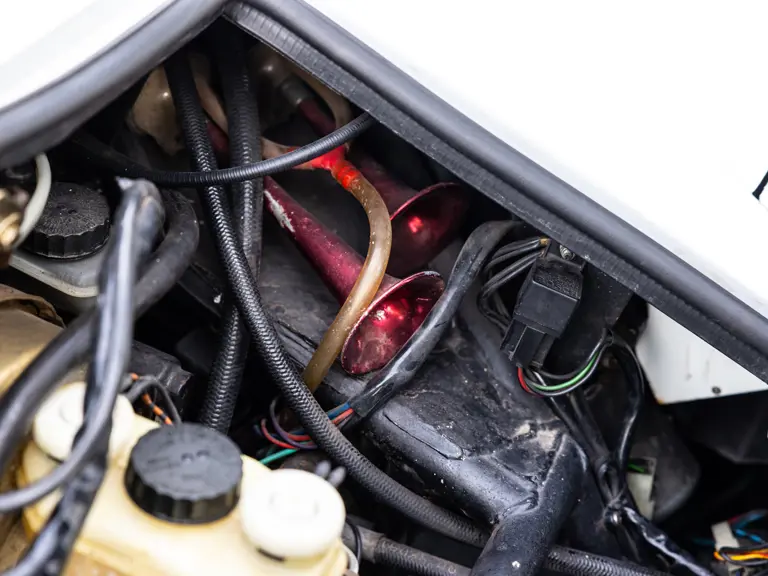
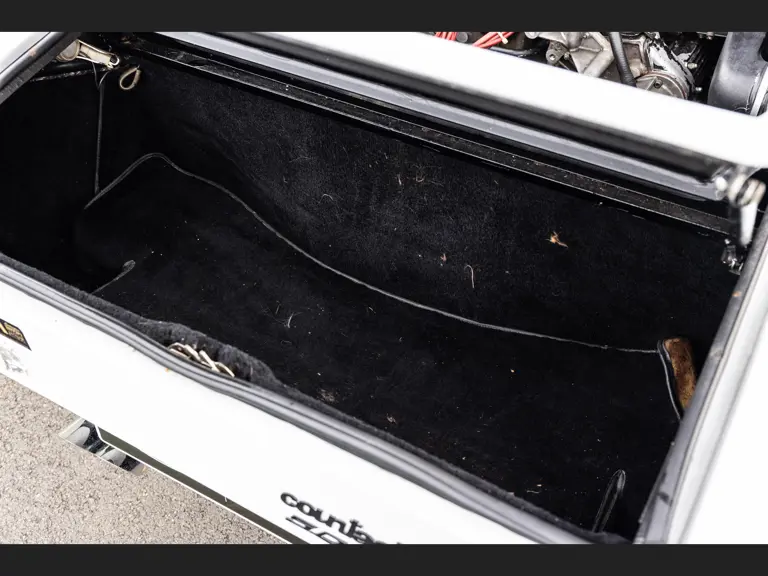
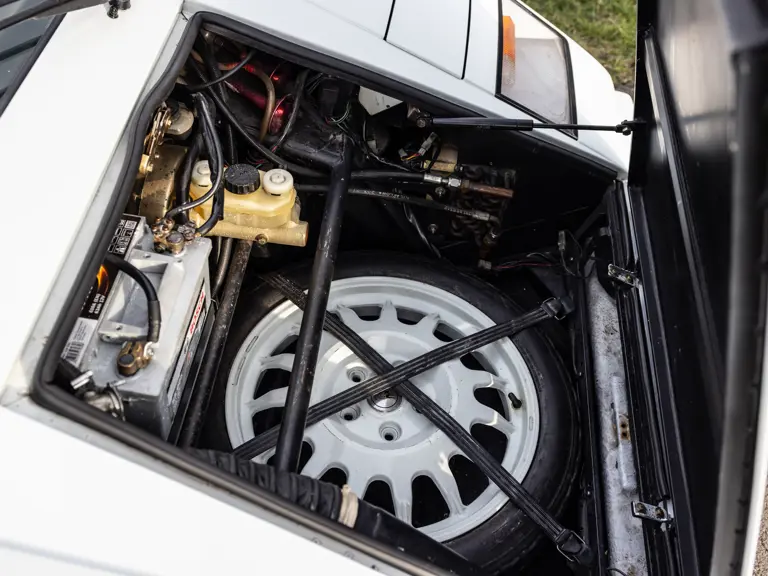
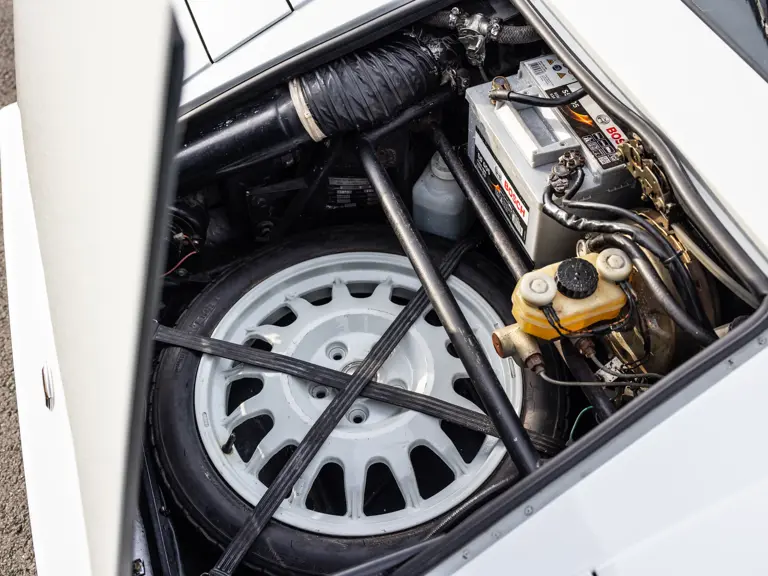

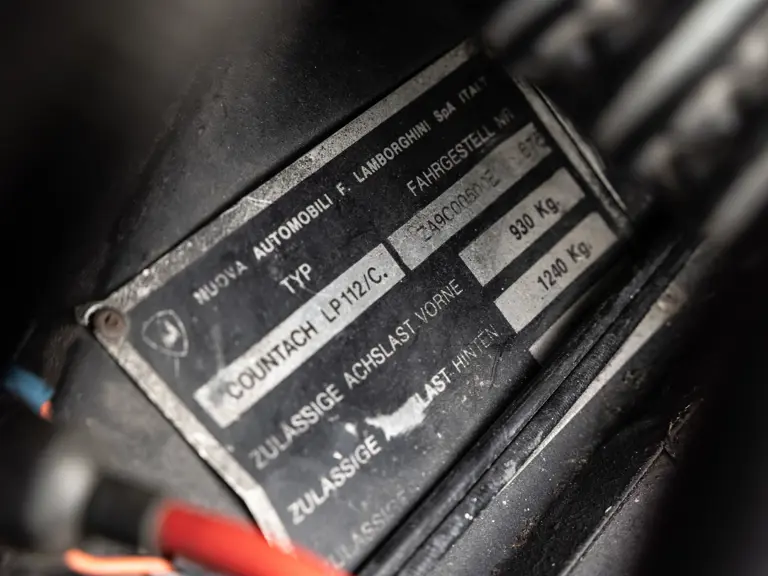
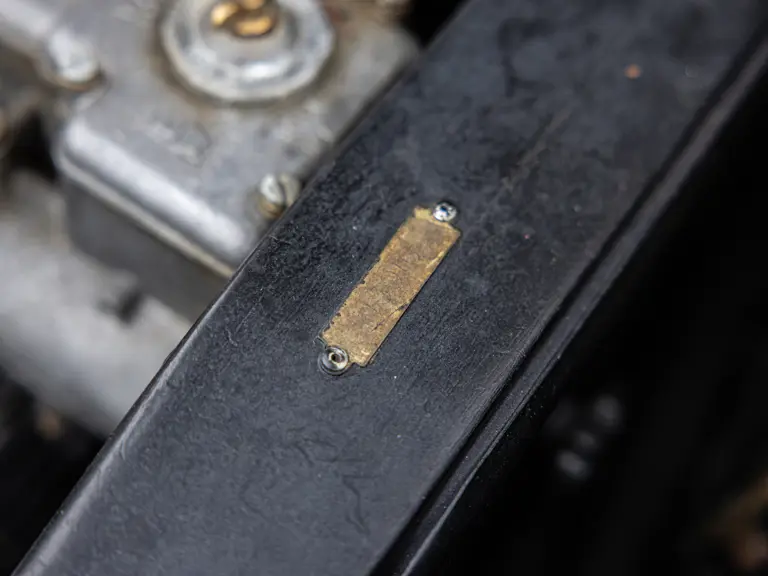
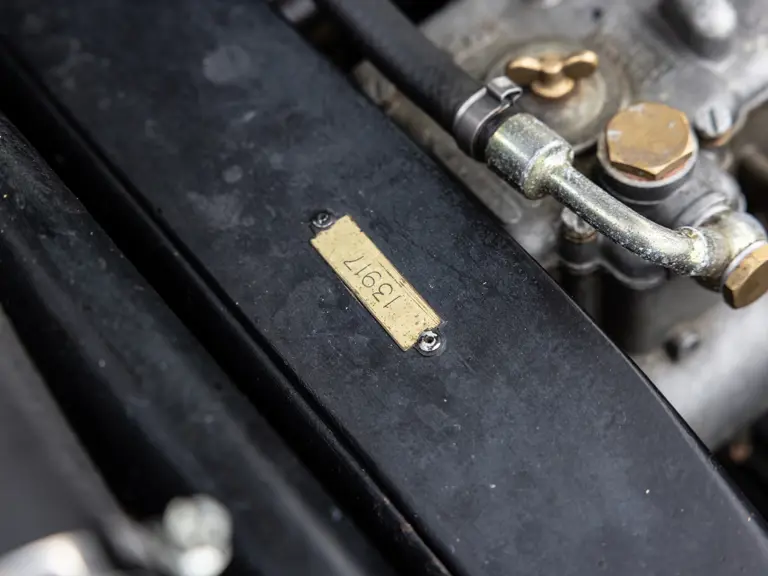
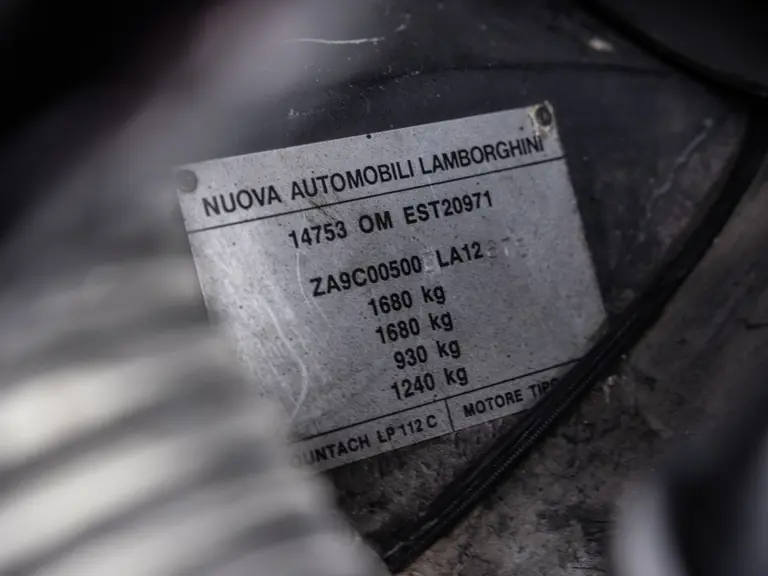
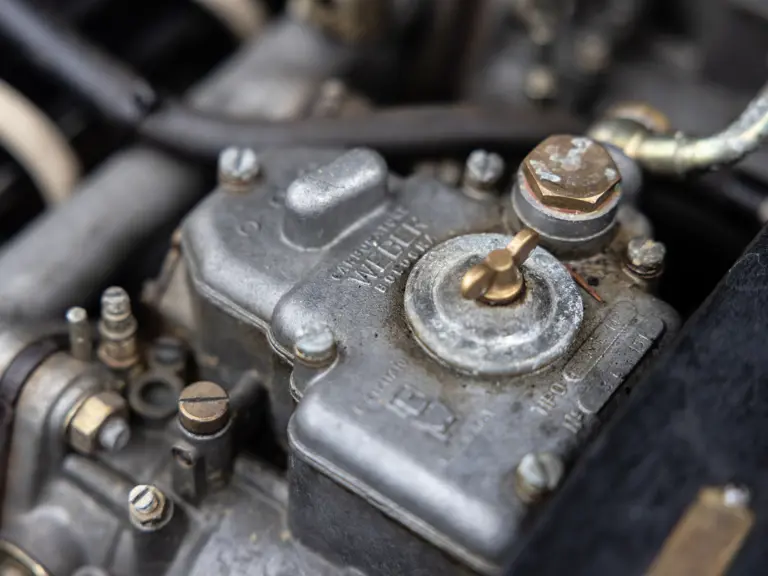
 | London, United Kingdom
| London, United Kingdom
